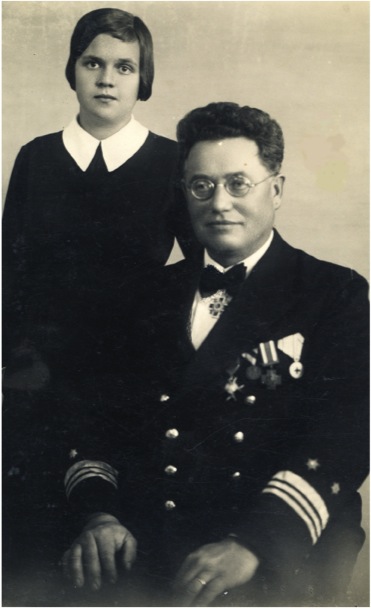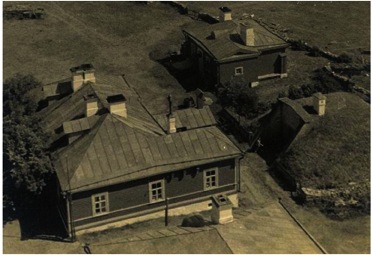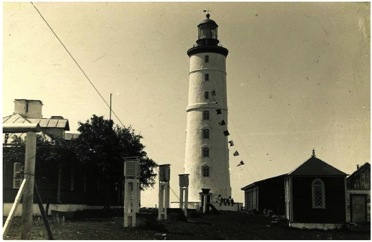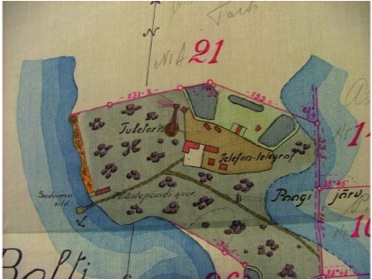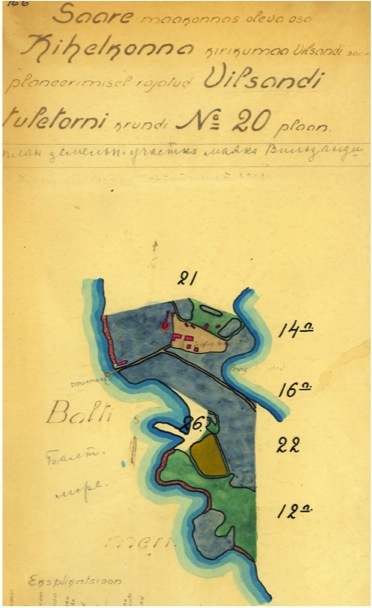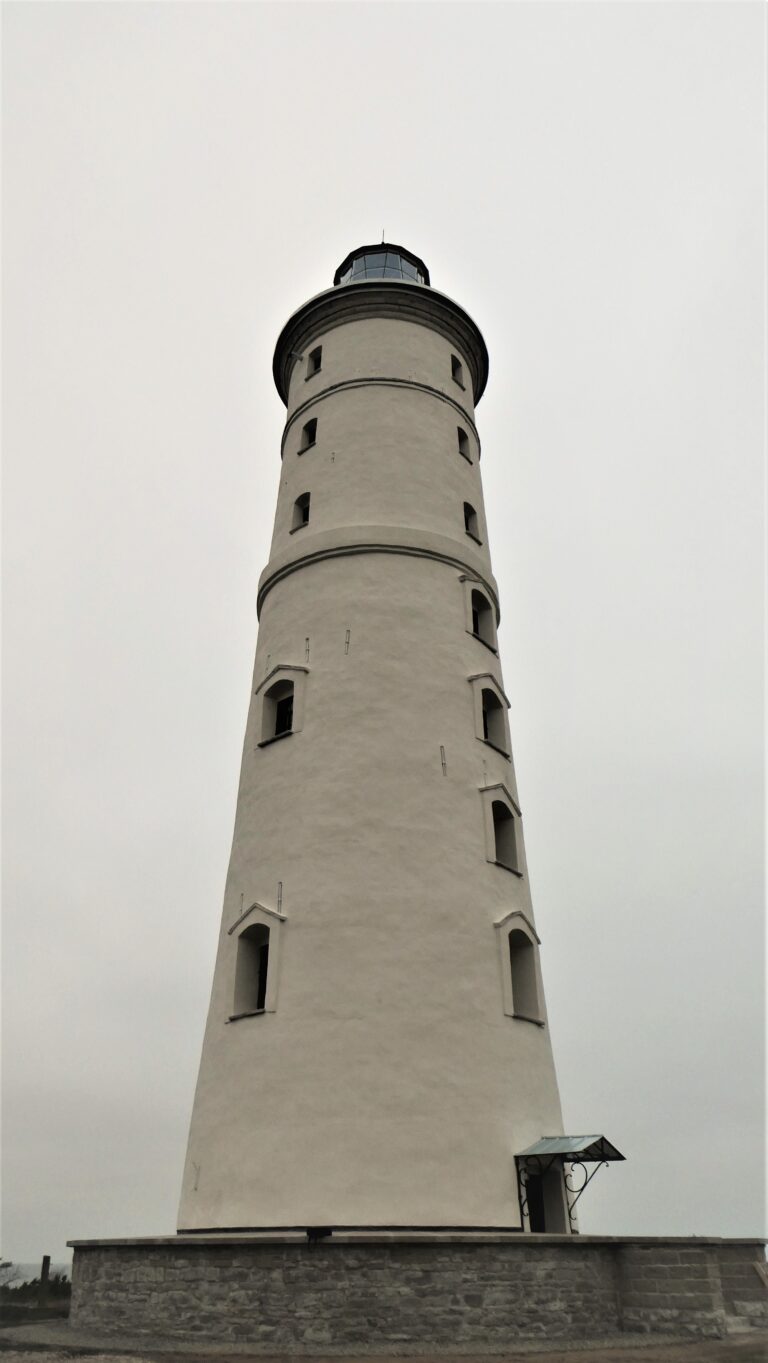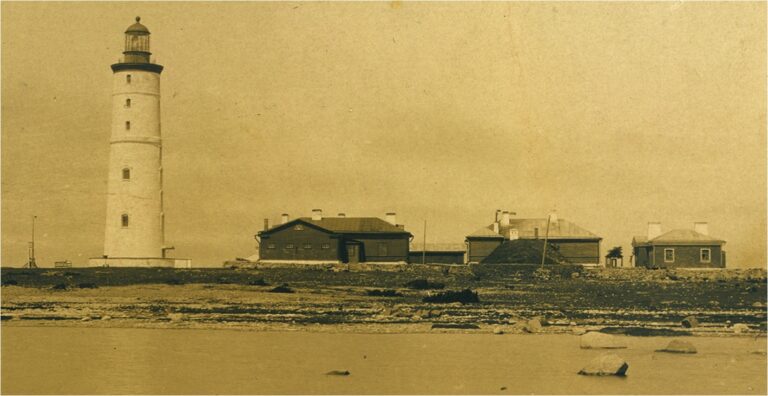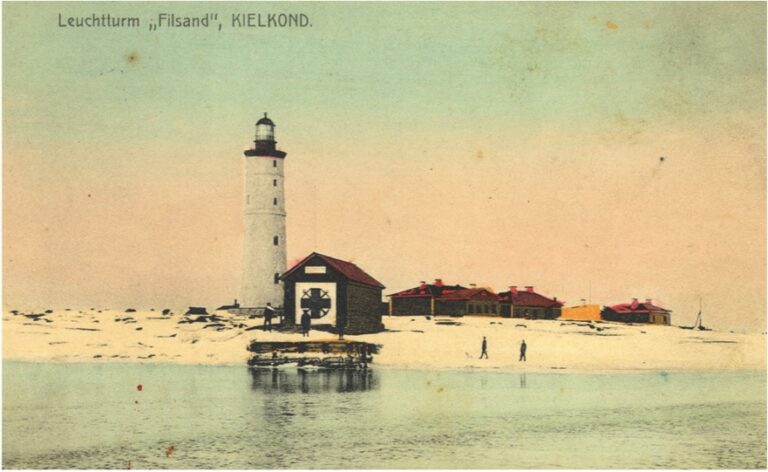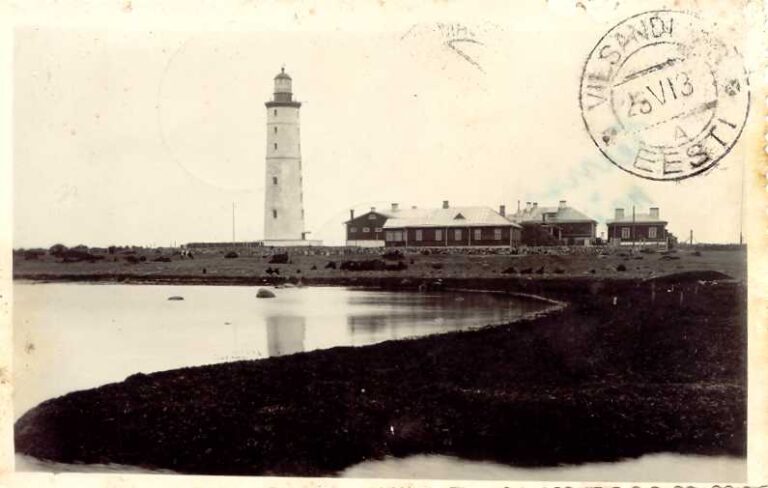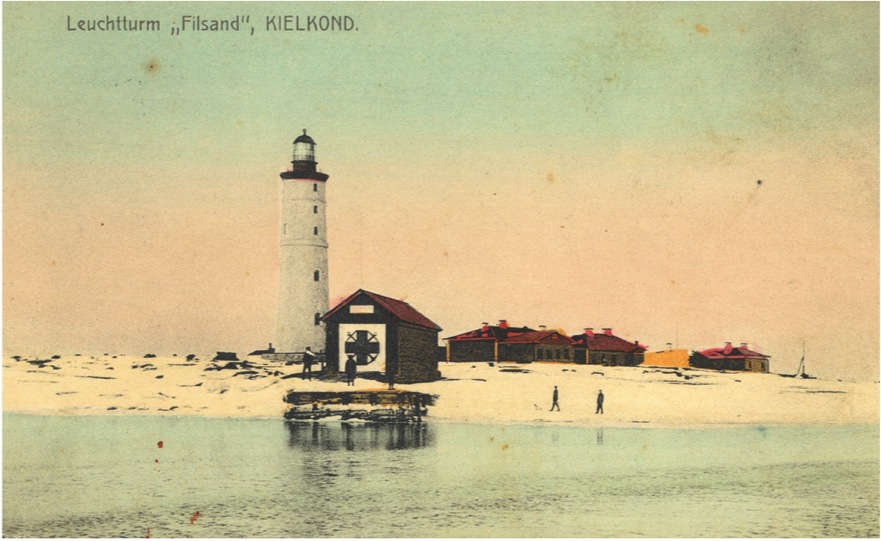
After the Northern War, the Tsarist government, in response to the need to better secure new territories and expand the naval training waters, decided to build a series of new lighthouses along the Estonian coast. In the early 19th century, the management of the lighthouse network was reorganized to serve the expanded hydrographic service. Saaremaa was placed under the jurisdiction of the Tallinn Harbor Improvement Expedition instead of Riga. The construction of new lighthouses was coordinated through the Admiralty Department. The previous arrangement, where the maintenance of lighthouses was the responsibility of noble coastal landowners, was changed, and their rights and duties were transferred to the state.
In 1803, the Russian Admiralty Department issued an order to build a lighthouse on Loonalaid, located on the western coast of Saaremaa. Due to practical considerations (Loonalaid was empty and unsuitable for lighthouse construction due to geological conditions), the lighthouse (completed in 1809) was actually built on Vilsandi Island. At that time, human settlement on Vilsandi Island consisted of only four farmsteads and nine fishing huts. Vilsandi Island was chosen as the location for the lighthouse, partly because it was near the location where a border guard post had been established in 1787. The first lighthouse was completed in September 1809. The following year, construction of a second lighthouse, located 150 meters north of the first one, began (the purpose of these twin towers was to distinguish the most dangerous shallows and act as a composite beacon for precise location determination). However, this tower collapsed due to poor construction quality, and 12 men lost their lives. A wooden tower was built on the same site (demolished in 1840). The task of the Vilsandi twin lighthouses was to help distinguish Vilsandi Lighthouse from the Kõpu and Sõrve lighthouses and determine the ship's distance from the Uuskuiva shoal to the west.
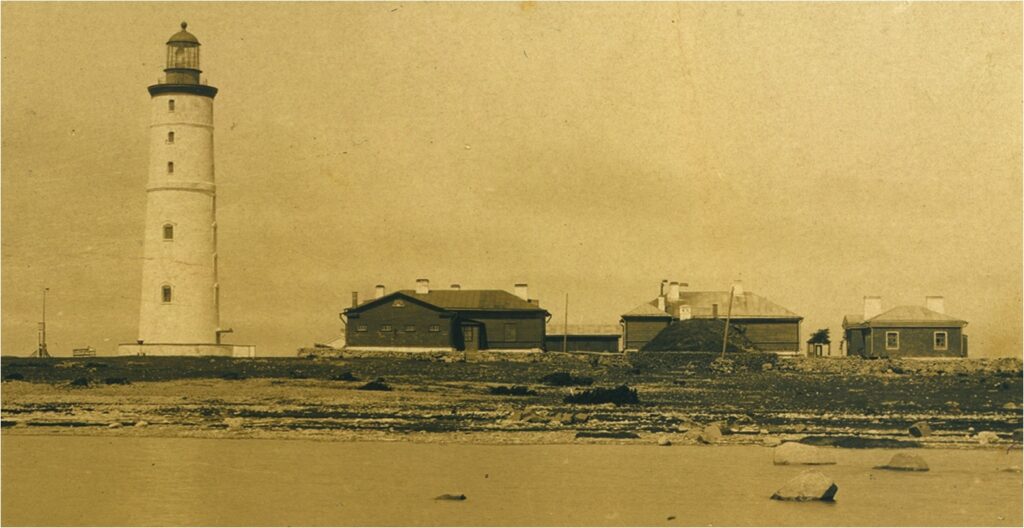
With the introduction of catoptric lights, the original brick tower was built in 1817 to a height of 110 feet, as evidenced by the second cornice above the ceiling of the seventh floor. This is also confirmed by a maritime chart drawn up by Captain-Lieutenant Leonti Spafarjev, head of the Kronstadt and Tallinn Harbor Improvement Expeditions, in 1820. This chart, for the first time, included the heights and shapes of lighthouses.
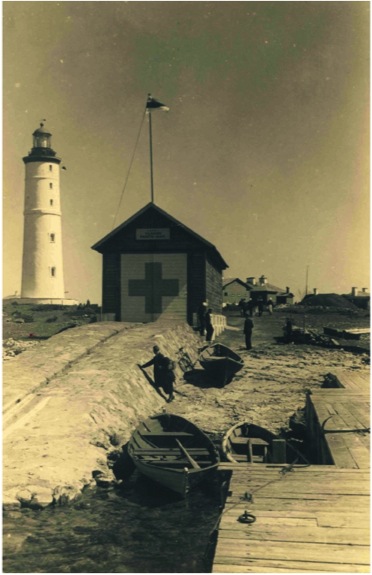
By that time, the population on Vilsandi had increased. The presence of four manors (Karala, Lümanda, Loona, and Pajumõisa) on the island, as well as the hayfields of Kihelkonna Church manor, meant that the permanent presence of hayfield guards' families provided better fishing opportunities for the manors and the collection of more valuable marine catch, especially after shipwrecks. In 1837, a new border guard post was built on the island, and the walls of this post indicate the location of the so-called Venede village. After the Crimean War, when Russia drew harsh conclusions about its maritime backwardness, lighthouses began to be modernized. The Vilsandi Lighthouse was built 21 feet higher with a lantern room, and the renovation was completed in 1870. At the same time, military personnel were no longer assigned to man the lighthouses, and Mihhail Sidorov (1835-1906), who had been transferred from Tolbukhin Lighthouse, was appointed the new lighthouse keeper.
The lighthouse's initial crew, consisting of an overseer earning 300 rubles a year and five men on duty, including a non-commissioned officer and a tentmate, initially lived, presumably, at Hoidja Farm. Later, an overseer's house and barracks were built next to the lighthouse. In 1910, the Vilsandi Lighthouse complex became the center of the Vilsandi Bird Protection Area. The lighthouse overseer Artur Toom (also known as the Bird King) dedicated much of his energy to establishing and developing the bird protection area. The Vilsandi Bird Protection Area was the first in Russia and marked the beginning of Vilsandi National Park.
In 1925, the lighthouse complex included 12 buildings and structures on its land: lighthouse, rescue station boathouse (1874), overseer's house, servants' quarters (also called the barracks), oil shed, cellar (1893), sauna (1874), granary, cattle barn, woodshed, and a well; a mast for measuring wind speed and direction.
In 1937, a tourist lodge was added, which blended architecturally with the Tsarist-era ensemble. It was demolished in 1973.
During the Soviet era, a border guard observation tower, a generator building, and another residential building for personnel were added. The entire area was fenced with a high barbed-wire fence. Today, most of the buildings and structures in the complex belong to different owners (the lighthouse belongs to the Estonian Maritime Administration, the overseer's house and stone barn belong to the Estonian Weather Service, and the remaining buildings are privately owned). In 2004, the Vilsandi Lighthouse complex was designated as a national cultural monument.
